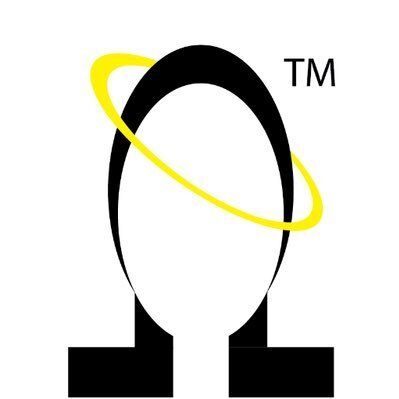New Entity Operations™ Project Branch
New Entity Operations Inc. is dedicated to two primary types of development projects, alongside continuous R&D efforts throughout the year. Our projects are strategically categorized as either 'current' or 'legacy,' ensuring a seamless integration between past innovations and future advancements. Additionally, several projects have been thoughtfully merged into consolidated branches, managed by our affiliate, New Entity Operations, LLC. These consolidated projects not only have the potential to be launched as standalone brands but also maintain a connection to our legacy branch, especially when they involve a focused codebase. Overall, New Entity Operations™ maintains a diverse portfolio of over 100 unique branches, each playing a pivotal role in our ongoing mission to create a cohesive and forward-looking portfolio of technological solutions.
About Project Branches
Current Branch: Any branch that is being pursued by the company with significant resources of time or capital. The public display of any current branch is usually 12-24 months behind the "Development Branch", or the internal development efforts of New Entity Operations Inc. Development Branches are used to prototype features internally and respond to the changing market dynamics that New Entity Operations™ is positioned within. All Current Branches are original and created according to "The New Entity Standard" - a way to build out a custom and dynamic web-techology asset utilizing the bare-minimum code from other projects that could potentially compromise the work moving forward, due to it being discountinued or bested by another competing technology. All current branches are built in a implementation language, such as JavaScript, Python, CSS, Bash, or C. We have also prototyped some projects in Ruby and PHP. We do our best not to use open source projects that are untrusted or not considered a standard in some way already by the community. Computer manufacturing is also now being explored by the company. Many of the Current Branch projects now tie into this new exploration effort in some way.
Legacy Branch: Any branch that is being pursued from the past, but now is being worked on under a different brand or with a different core focus than the initial project. There are over 50 legacy branches that represent a variety of different software development efforts accross many industry subsets. These subsets include advertising, operating systems, compilers, memory managers, cpu optimizers, and more. Legacy branches are usually partially complete but written in a language that has been dropped from our "current branch". We love PHP, but most of the PHP projects that were worked on are now considered a "Legacy Branch". With that said, in 2025, PHP is being considered again as a "Current Branch Implementation Language". To summarize the Legacy branch: Any branch that's being reintroduced as a full-scale product under new technical specifications, branding, or market-focus.
Consolidated Branch: Any software library that was consolidated as a full project into a specific commodity component of another project. These branches usually were in development or being offered to a limited customer base before being merged into a larger scale codebase. Some of these projects are also a part of the legacy branch.
